Violinist Sofia Yatsyuk examines the extraordinary achievements of the two composers ahead of an album release of violin and piano works, coinciding with International Women’s Day
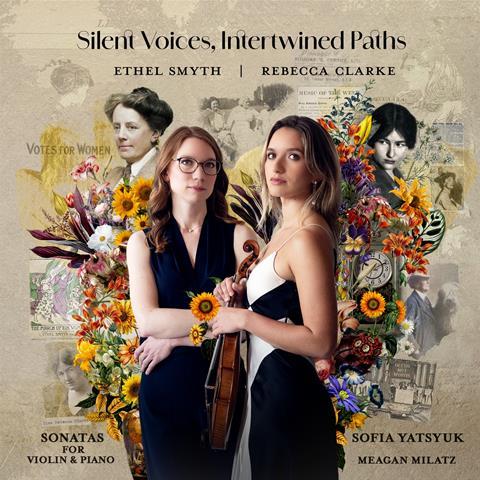
Discover more Featured Stories like this in The Strad Playing Hub
On International Women’s Day, many businesses, charities, and cultural institutions will actively reflect on gender inequality. By celebrating women’s social, economic, artistic, and political achievements, these groups seek to challenge the structural barriers that perpetuate discrimination and oppression of women.
Frustrated by the empty claims, virtue signalling, and commercial tokenism that often accompany this day, many will choose not to partake in the celebrations, as for many, recognising this day serves only as a stark reminder of the inequalities and injustices that women continue to face. Women’s History Month and International Women’s Day have recently been wiped from the Google calendar, while commitments to diversity, equity, and inclusion across various sectors are being rolled back before our eyes. Moreover, within Western art music, recent research reveals that only 7.5 per cent of orchestral works programmed worldwide in the 2023–2024 season were composed by women, 5.8 per cent of which were written by white women.
Due to these recent events and statistics, this year, more than ever, I see International Women’s Day as an opportunity. In classical music, it is an opportunity to discuss women composers, write about them, perform their music, give them a platform by promoting their work, and spark lasting change within our choices as performers, composers, critics, and audience members. This, of course, includes listening to music written by women—not just as a box-ticking exercise on International Women’s Day, but because so much of this music remains an exquisite kaleidoscope of untapped material that is fundamental to understanding how classical music evolved. By omitting women composers from the canon, we ignore the wealth of music history and overlook one of the most compelling aspects of classical music: the scope of its diversity. As a listener, the violin and piano repertoire of Dame Ethel Smyth (1858–1944) and Rebecca Clarke (1886–1979) are great places to start.
So much of this music remains an exquisite kaleidoscope of untapped material that is fundamental to understanding how classical music evolved
When Smyth decided to become a composer, many considered it simply inconceivable that a woman could create great music. Dispelling that notion, Smyth wrote and staged six operas, received three honorary doctorates in music, and was both the first woman to receive a damehood for composition and the first to have her work performed by New York’s Metropolitan Opera. Also a writer and a militant suffragette (who was arrested and jailed for two months alongside Emmeline Pankhurst), Smyth openly challenged gender prejudices within musical institutions and demanded that her creative output not be judged based on her gender. Smyth’s professional debut as a composer was in the genre of chamber music: her String Quartet in E major received its first performance at the Leipzig Gewandhaus in 1884, and her sonata for violin and piano in A minor was premiered there in 1887. Neither of the works were a critical success, however, with critics describing the sonata as music ‘devoid of feminine charm and therefore unworthy of a woman.’
Although Smyth wrote widely for the violin, including a double concerto for violin and horn, two string quartets, a string quintet, a piano trio, and a string trio, the A-minor sonata was her only work for violin and piano. Dedicated to Elizabeth Lili Wach (the daughter of Felix Mendelssohn), the sonata showcases some of Smyth’s most experimental, passionate, virtuosic, and colouristic writing for the violin. Full of dense thematic material, the work is overflowing with harmonic instability, chromaticism, and structural irregularity, which may have reflected the overwhelming sense of existential uncertainty that Smyth was facing in her personal life during the 1880s. This sonata is filled with powerful emotions for both performers and listeners alike, emotions that are heightened by our understanding of its place within the long lineage of feminist activism. Smyth’s creative output initiated a revolution in the canon that is still ongoing. Smyth, however, was not the only voice calling for change in Britain’s patriarchal world of composition.
Another significant British composer of the twentieth century, the viola virtuoso, Rebecca Clarke, was amongst the first women to be accepted into Sir Charles Stanford’s composition class at the Royal College of Music, and also one of the first to join Sir Henry Wood’s Queen’s Hall orchestra in 1913. Clarke’s background as a performer proved vital for her success as a composer, as she promoted much of her music by performing it herself. Clarke was part of a pioneer generation who presented the viola as a solo instrument, and although her reputation today mainly rests upon her celebrated Viola Sonata, she wrote over one hundred works. Her compositions for the violin include two sonatas and three shorter works for violin and piano, two movements for string quartet, three movements for violin duet with piano accompaniment, works for violin and voice, and a trio for violin, piano, and viola. Clarke’s single-movement sonata in G major and her three-movement sonata for violin and piano in D major were both written in 1909, but remained unpublished until 2023.
These are the first full-scale instrumental works that Clarke wrote as a student at the Royal College, and both pieces mark the process of Clarke finding her true self as a composer. Characterised by their chromatic colourings, modal melodies, and structural experimentation, these sonatas showcase Clarke’s original musical language. Their interplay between emotional turbulence and innocent repose hints at inspirations from the English countryside. Thanks to Sleepy Puppy Press, their publication marks the first time ever that Clarke’s complete major works are available in print.
International Women’s Day or not, Smyth’s and Clarke’s music remain more important than ever. These composers were written out of history through a deliberate processes that systematically excluded women from the musical canon. Yet their creative output is instrumental for understanding the experimental period in British music around the turn of the century, and showcases its monumental breadth and its diversity. More importantly, however, remembering, honouring, and celebrating these women is vital at a time when gender inequality continues to dominate our concert halls, orchestras, and repertoire choices. In many ways, our concert landscape still reflects the early twentieth century in which Smyth and Clarke lived; gender equity is one of the many steps we still need to take before it resembles the twenty-first-century art form we strive for.
Silent Voices, Intertwined Paths featuring violinist Sofia Yatsyuk and pianist Meagan Milatz is released on 8 March 2025.
Read: Sentimental work: Jennifer Stumm on Rebecca Clarke’s Viola Sonata
Read: New research reveals the extent of gender inequity faced by women in the music industry
Discover more Featured Stories like this in The Strad Playing Hub
The number one source for playing and teaching books, guides, CDs, calendars and back issues of the magazine.
In The Best of Technique you’ll discover the top playing tips of the world’s leading string players and teachers. It’s packed full of exercises for students, plus examples from the standard repertoire to show you how to integrate the technique into your playing.
The Strad’s Masterclass series brings together the finest string players with some of the greatest string works ever written. Always one of our most popular sections, Masterclass has been an invaluable aid to aspiring soloists, chamber musicians and string teachers since the 1990s.
The Canada Council of the Arts’ Musical Instrument Bank is 40 years old in 2025. This year’s calendar celebrates some its treasures, including four instruments by Antonio Stradivari and priceless works by Montagnana, Gagliano, Pressenda and David Tecchler.

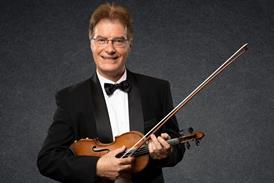
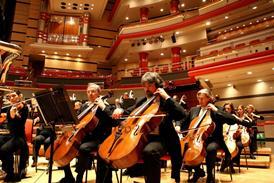
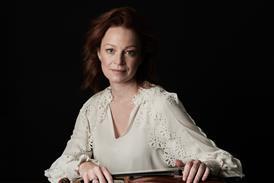
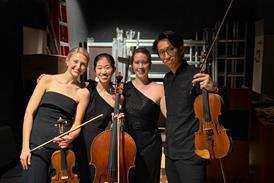

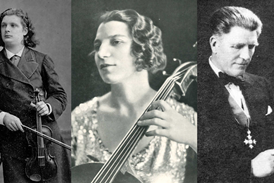



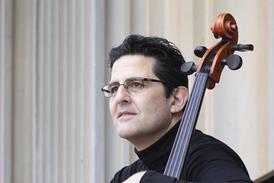
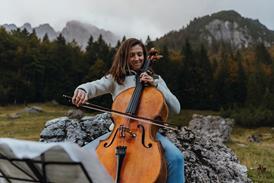
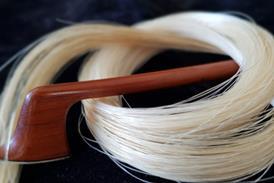
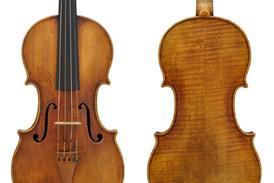
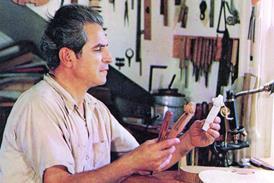
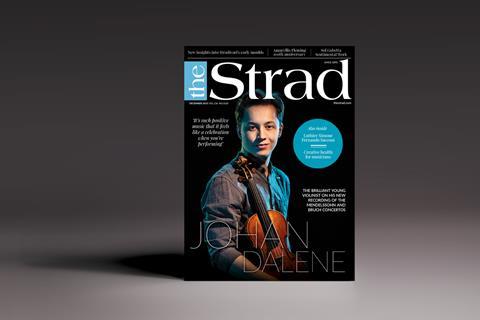


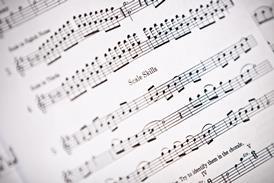
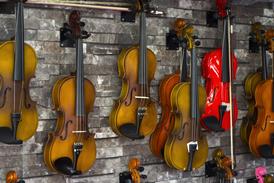

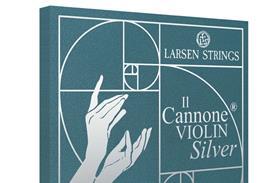

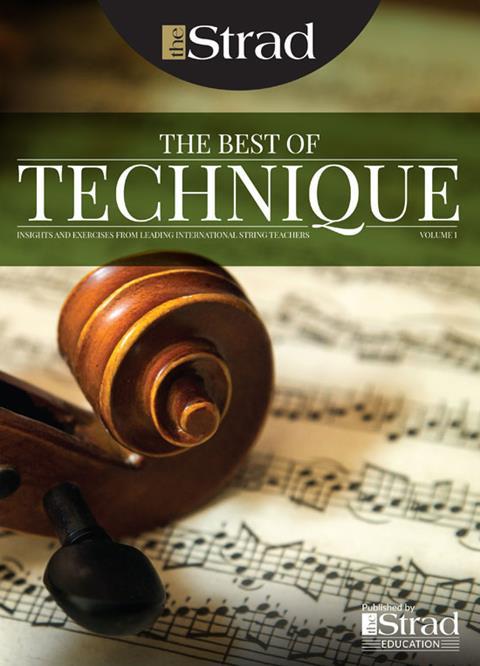
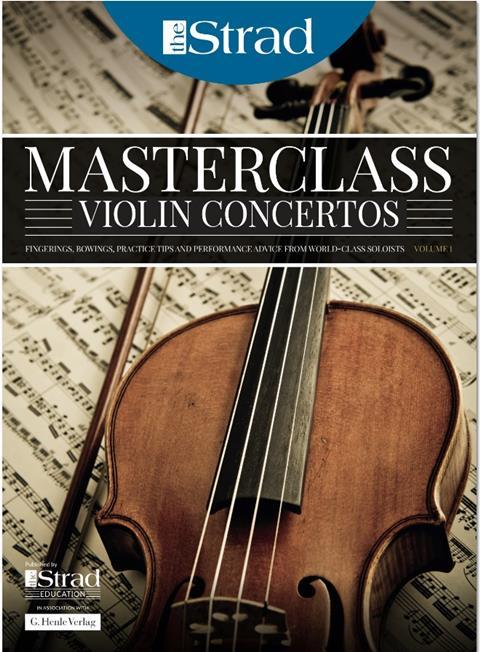
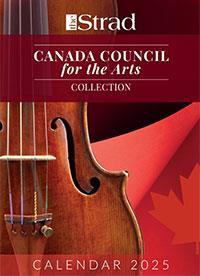
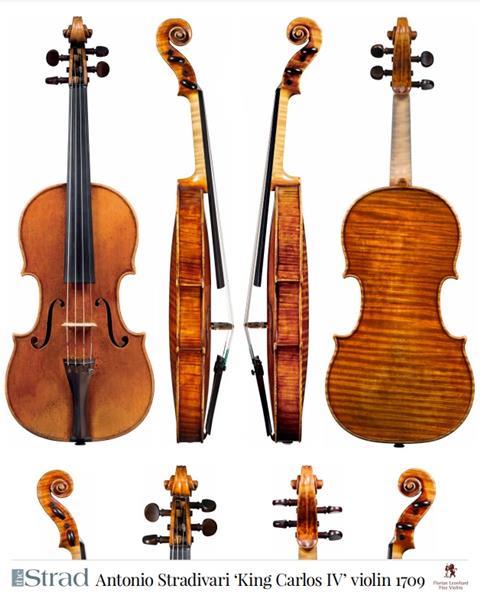
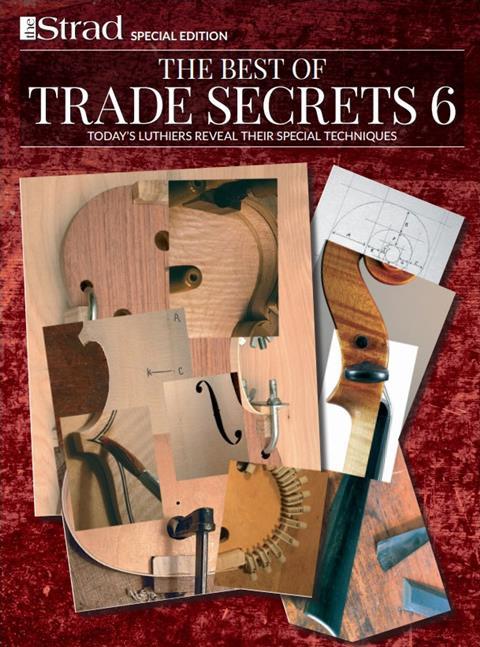
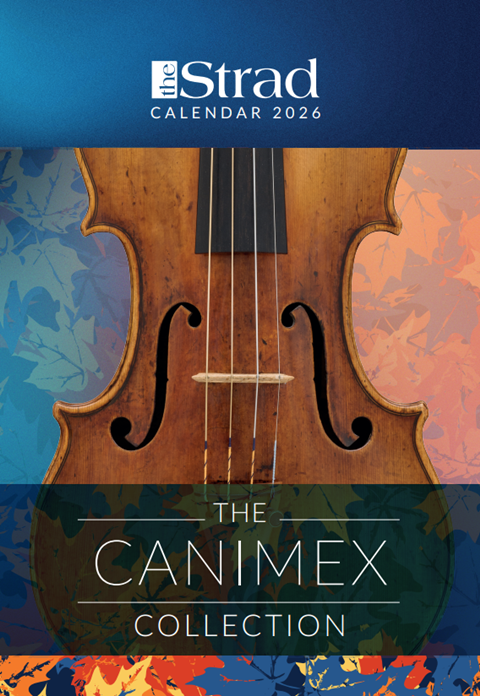
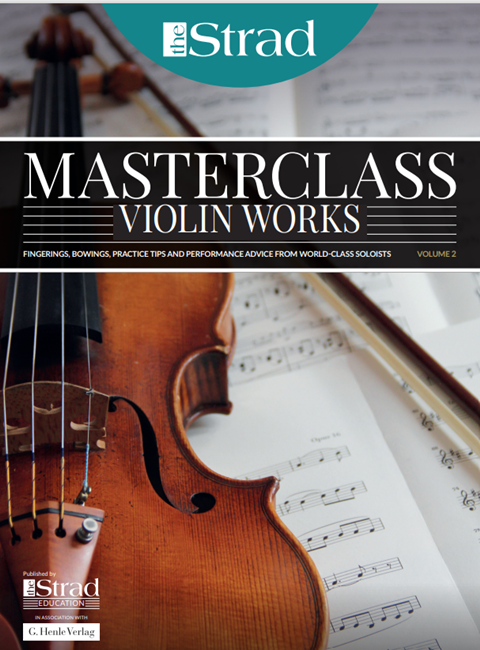
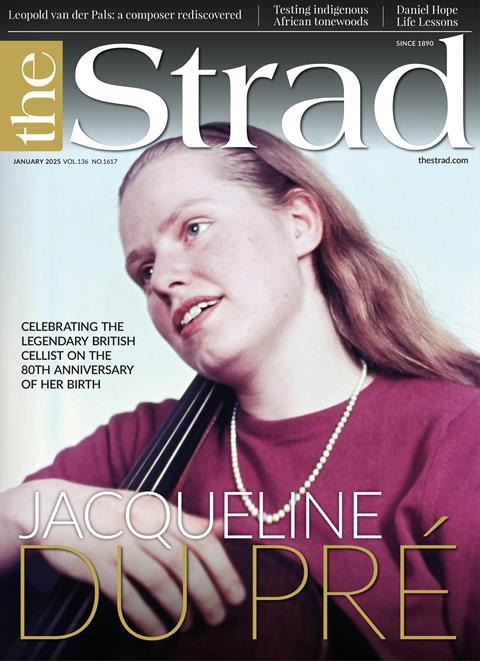
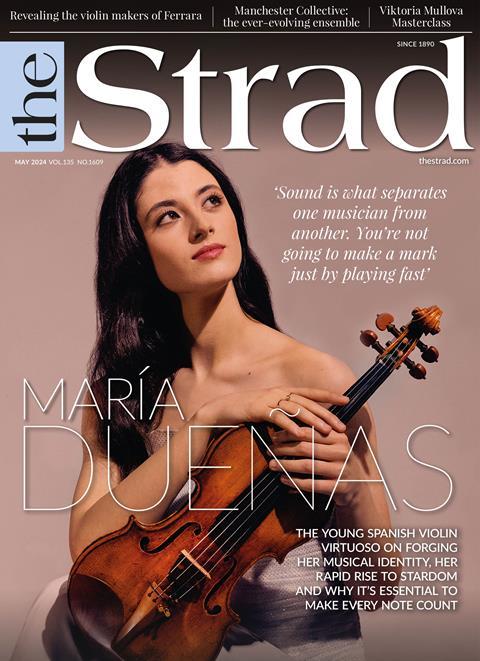
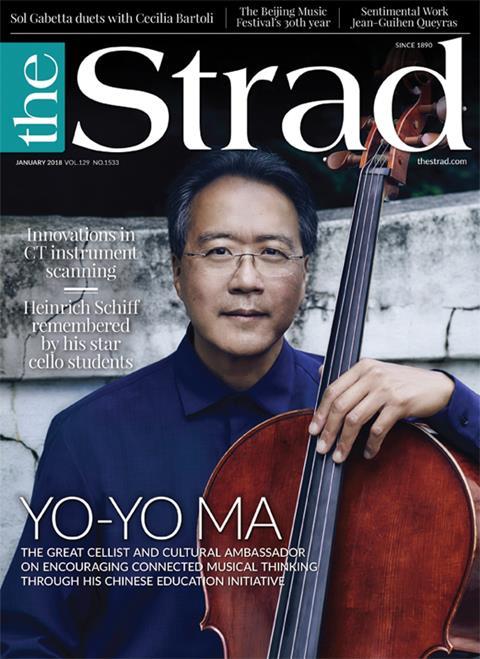












No comments yet